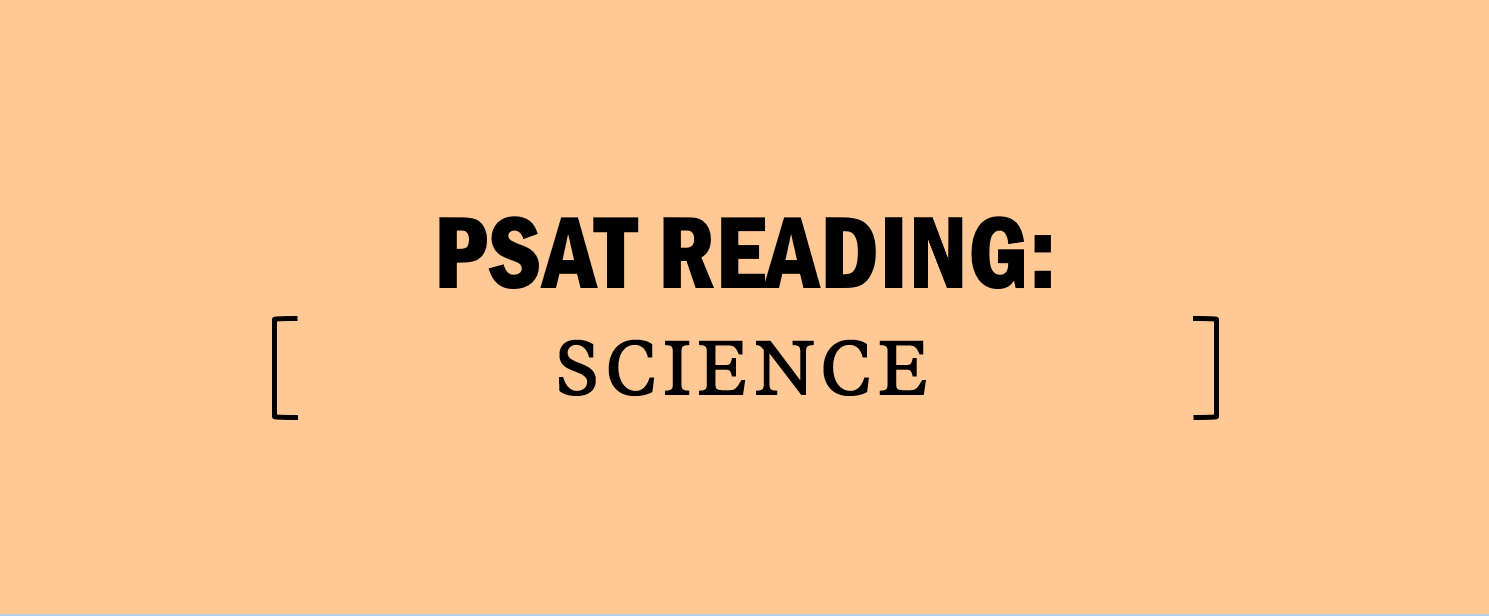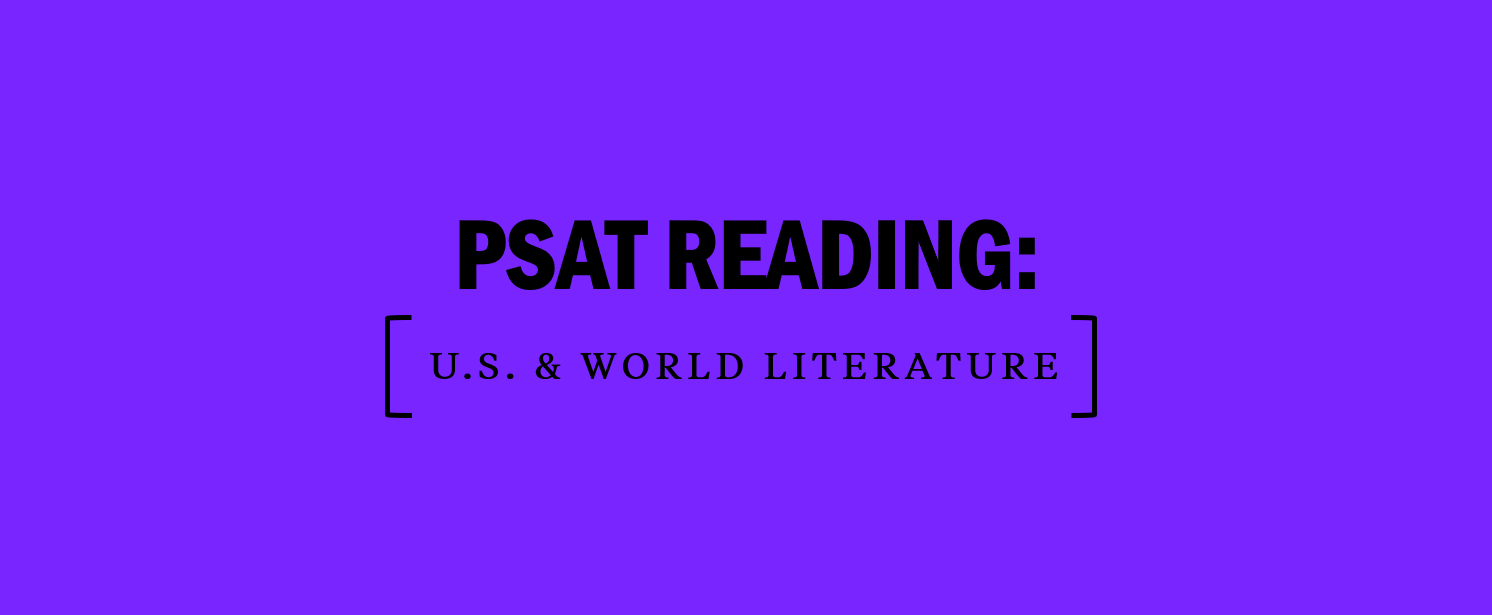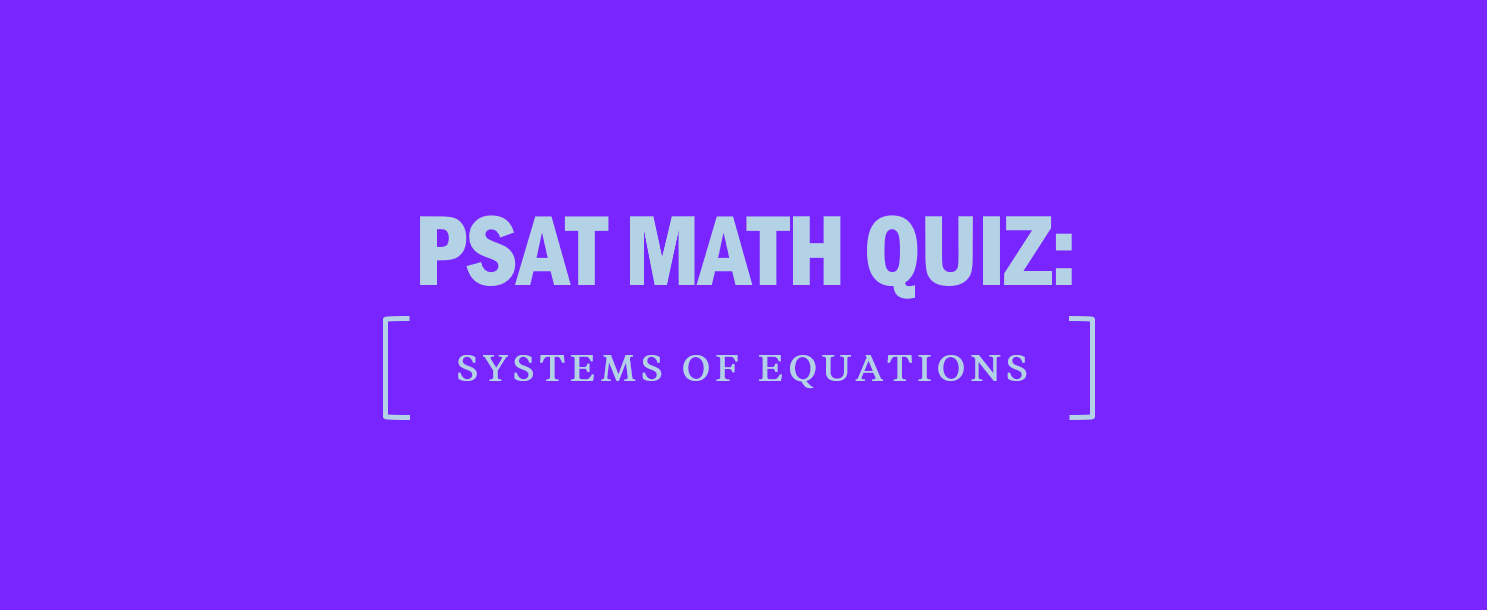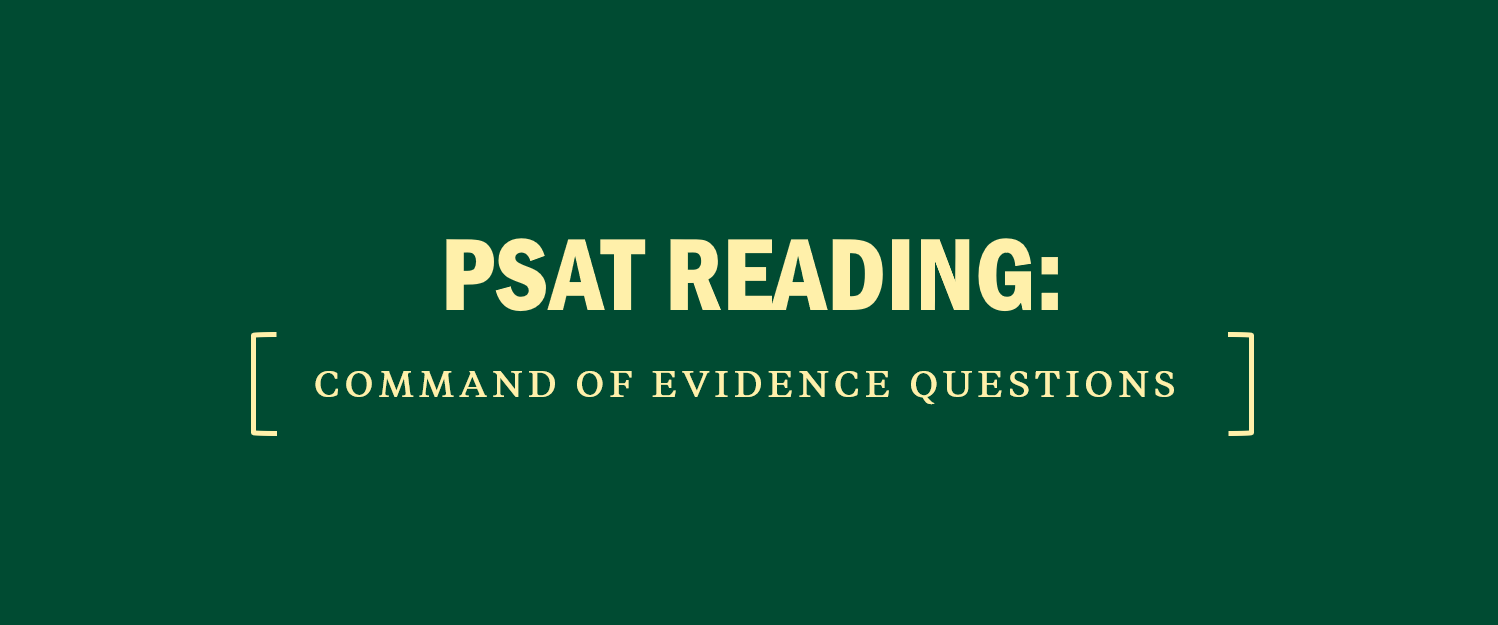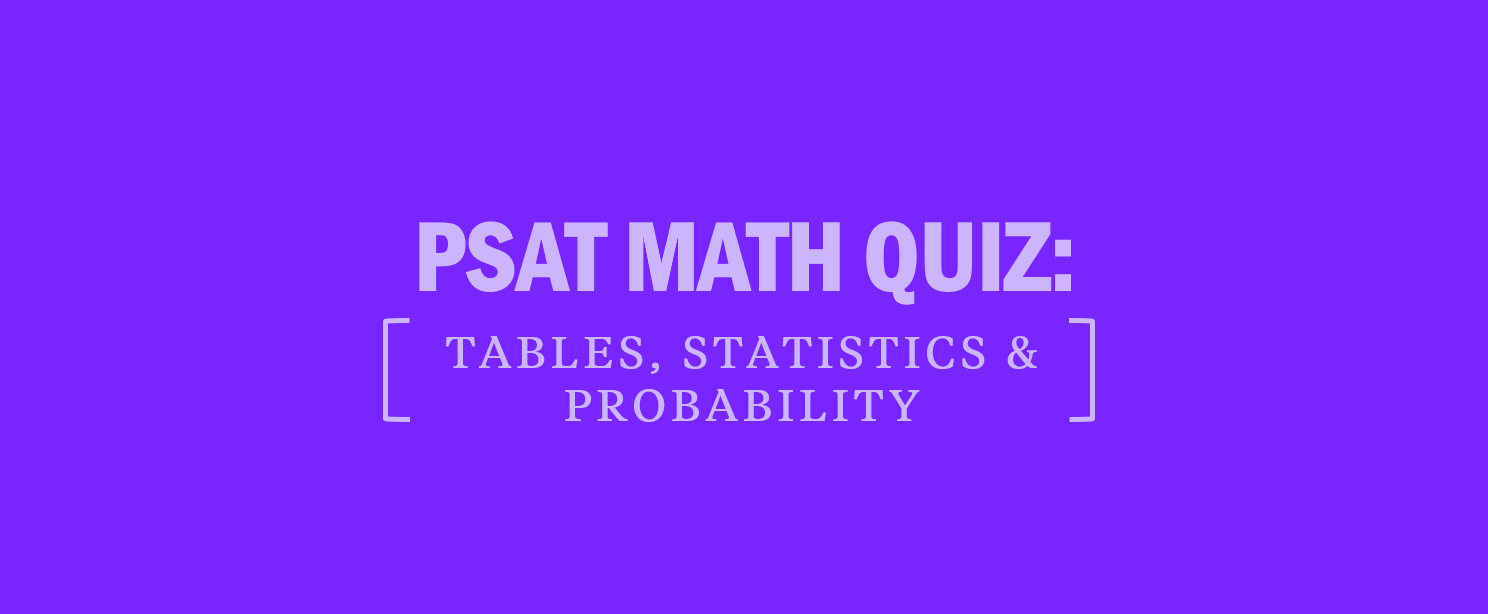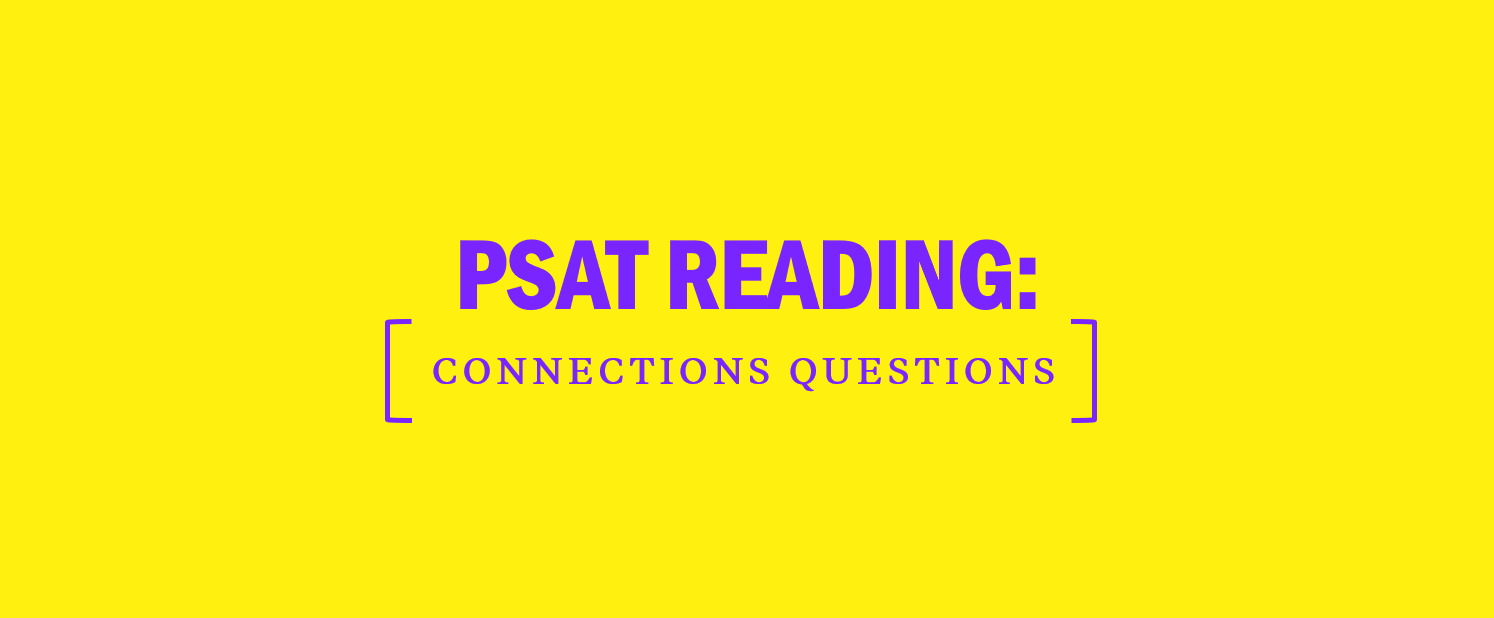PSAT Reading: Science Passages
The PSAT Reading Test will contain either two single Science passages or one single Science passage and one set of paired Science passages. Science passages differ from other passage types because:
- They often contain a lot of jargon and technical terms.
- They can utilize unfamiliar terms and concepts.
While Science passages can be tricky due to unfamiliar language, you will never need to employ knowledge outside of the passage when answering questions. Use the following strategy when approaching Science passages on the PSAT:
Let’s look at the following example of an abbreviated Science passage and question set. After the mapped passage, the left column contains questions similar to those you’ll see on the PSAT Reading Test on Test Day. The column on the right features the strategic thinking a test expert employs when approaching the passage and questions presented.
Note how a test expert can quickly condense the entire passage into a few words and use his or her Passage Map to ask questions that build a prediction for the correct answer.
Reminder
When you encounter more than one theory or idea, paraphrase each in as few words as possible in your Passage Map.
Sample PSAT Reading Practice Question: Science
Step 1: Read Actively
¶1: lun ecl more common than solar ecl (central idea), created by light filt & refract
¶2: info about how lunar ecl occurs
Question #1 Explained
Step 2: Examine the question stem
- What keywords are in the question stem? “The colors of a lunar eclipse”
Step 3: Predict and answer
- Look at the Passage Map notes. Where does the author discuss how lunar eclipses are created? The first paragraph
- What are the colors the result of? “Filtering and refraction of light” (lines 4-5)
- What answer choice matches this prediction? Choice (C)
Question #2 Explained
Step 2: Examine the question stem
- What clue is in this question stem? A phrase from the passage and a line reference
Step 3: Predict and answer
- Read around the cited line reference. What does the author state before introducing this phrase? “To better understand this process, it’s helpful to imagine …” (lines 24-25)
- What answer choice matches this? Choice (D)
PSAT Reading Question Explanations
For practice question #1, use the Passage Map to find where the author mentions color. Because the author mentions both “filtering” and “dust,” you know that the right answer will include those. Choice (C) mentions “filtering” and is, therefore, correct.
For practice question #2, ask “Why did the author choose those words—what are they doing?” Could you picture how an eclipse worked? Predict that the phrase helps the reader understand the concept. Choice (D) matches exactly.
Previous: PSAT Reading: History/Social Studies Passages
Next: PSAT Reading: Global Questions

